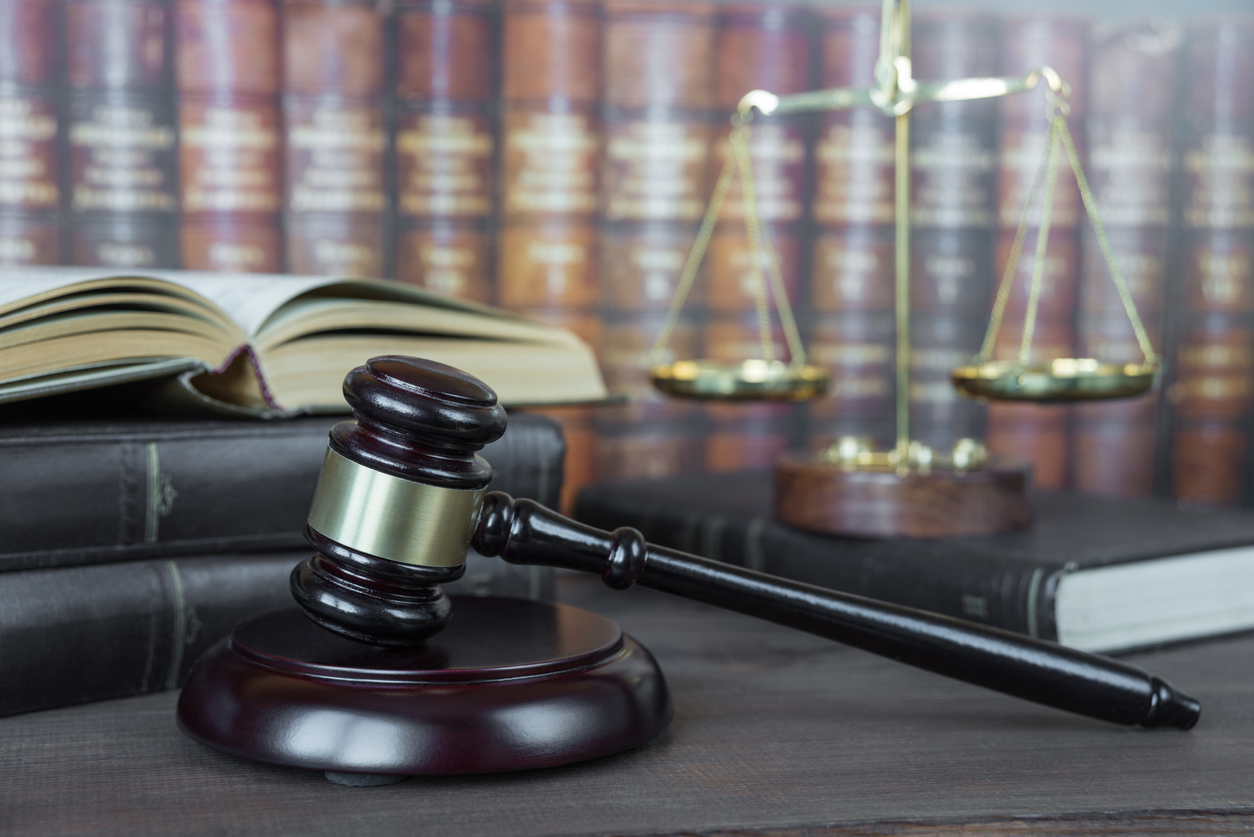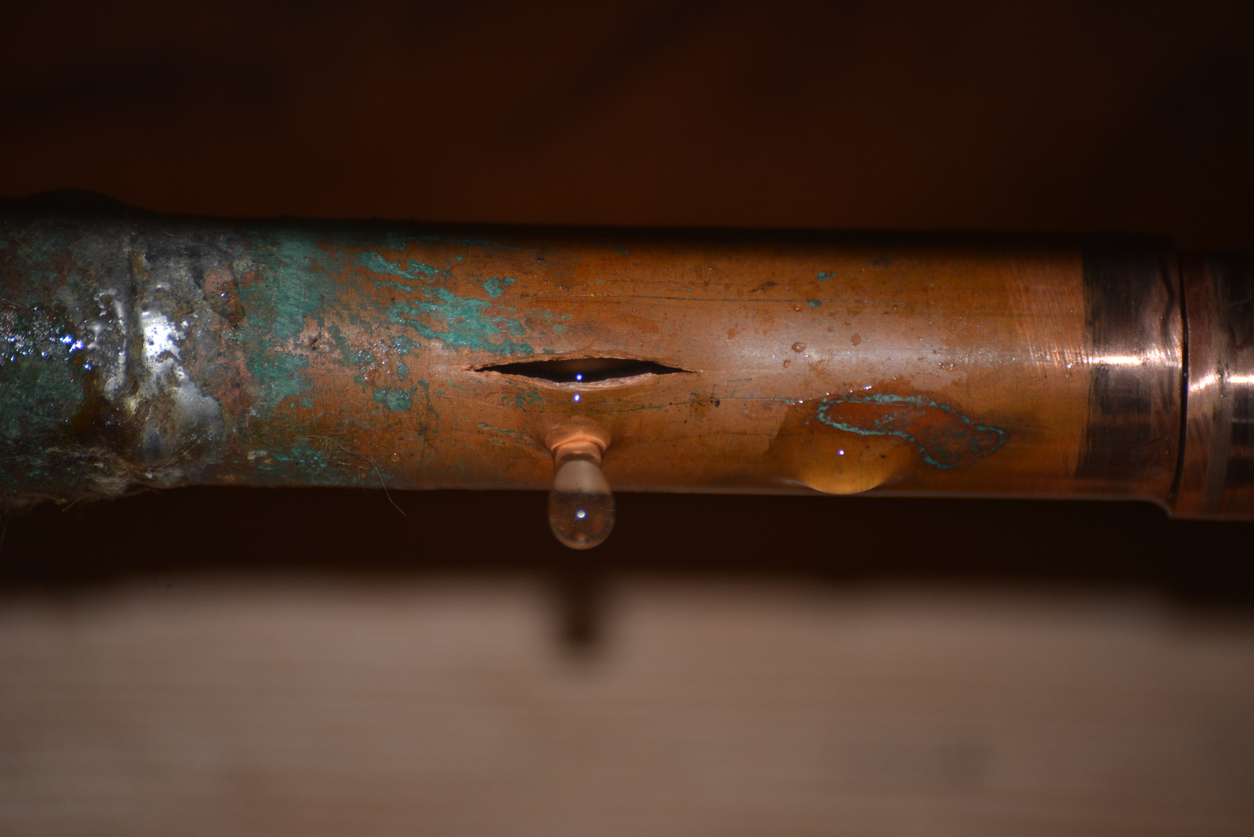Although intervention is a legal procedure that does not often arise in property insurance claims, one can easily imagine circumstances where a party might seek to intervene in a pending lawsuit for insurance proceeds. Whether a contractors seeking payment from the insurance company for work performed at the insured’s property or another interested party attempting to protect their interests, the law governing intervention in Florida is well established. The following represents a fairly comprehensive resource on the law of intervention in Florida.
As an initial matter, the Florida Rules of Civil Procedure provides that “[a]nyone claiming an interest in pending litigation may at any time be permitted to assert a right by intervention, but the intervention shall be in subordination to, and in recognition of, the propriety of the main proceeding, unless otherwise ordered by the court in its discretion.”1 The trial court must find that the movant has an interest in the matter in litigation.2
The trial court must find not only that the movant has an interest in the matter in litigation but also that the movant’s interest is of such a direct and immediate character that the intervenor will either gain or lose by the direct legal operation and effect of the judgment.3 The interest must be that created by a claim to the demand in suit or some part of it; or a claim to, or lien upon, the property or some part thereof, which is the subject of litigation.4 An indirect, inconsequential, or contingent interest is wholly inadequate to support intervention.5 The fact that an intervenor has some other remedy for the protection of its property and rights is not a bar to its right to intervene.6
In Union Cent. Life Ins. Co. v. Carlisle,7 the Supreme Court of Florida reiterated a two-part test for determining whether intervention is proper. The trial court must first make a preliminary determination whether “the interest asserted is appropriate to support intervention.”8
[T]he interest which will entitle a person to intervene … must be in the matter in litigation, and of such a direct and immediate character that the intervenor will either gain or lose by the direct legal operation and effect of the judgment. In other words, the interest must be that created by a claim to the demand in suit or some part thereof, or a claim to, or lien upon, the property or some part thereof, which is the subject of litigation.9
The trial court must then exercise its sound discretion whether to permit intervention. In this second part of the test, the trial court “should consider a number of factors, including the derivation of the interest, any pertinent contractual language, the size of the interest, the potential for conflicts or new issues, and any other relevant circumstance.”10 This two-step analysis is a compromise among the competing and fluid interests that are often at stake in tort litigation.
The court’s holding in Carlisle can be summarized as follows: First, the trial court must determine that the interest asserted is appropriate to support intervention. Once the trial court determines that the requisite interest exists, it must exercise its sound discretion to determine whether to permit intervention. In deciding this question, the court should consider a number of factors, including (1) the derivation of the interest, (2) any pertinent contractual language, (3) the size of the interest, (4) the potential for conflicts or new issues, and any other relevant circumstance. Second, the court must determine the parameters of the intervention. The court should determine not only whether the moving party has a proper interest but also the extent to which that party should be allowed to participate as an intervenor. In Carlisle, the court said that intervention should be limited to the extent necessary to protect the interests of all parties.
Additionally, the trial court should hold a hearing on the motion to intervene and make findings in support of its decision.11 Further, the rights of an intervenor are subordinate to the rights of the parties unless the intervenor is an indispensable party.12 Because the rights of an intervenor are subordinate, a motion to intervene cannot inject issues not raised in the main action.13 As the court explained in National Wildlife Federation Inc. v. Glisson,14 an intervenor must accept the pleadings as he finds them and may not raise new issues.
While most property insurance claims that progress to litigation seldom involve the possibility of intervention, there are occasions where understanding this legal procedure could play an important role. Whether a party is seeking to intervene, or seeking to prevent intervention, the rules as stated govern the ability to successfully intervene in Florida.
_____________________________
1 Fla. R. Civ. P. 1.230
2 Highwoods DLF EOLA, LLC v. Condo Developer, LLC, 51 So. 3d 570 (Fla. 5th DCA 2010); Superior Fence & Rail of North Florida v. Lucas, 35 So. 3d 104 (Fla. 5th DCA 2010).
3 Highwoods DLF EOLA, LLC v. Condo Developer, LLC, 51 So. 3d 570 (Fla. 5th DCA 2010); Superior Fence & Rail of North Florida v. Lucas, 35 So. 3d 104 (Fla. 5th DCA 2010); Omni National Bank v. Georgia Banking Co., 951 So. 2d 1006 (Fla. 3d DCA 2007).
4 Harbor Specialty Ins. Co. v. Schwartz, 932 So. 2d 383 (Fla. 2d DCA 2006); Schindler v. Schiavo, 866 So. 2d 140 (Fla. 2d DCA 2004); Kissoon v. Araujo, 849 So. 2d 426 (Fla. 1st DCA 2003).
5 Kissoon v. Araujo, 849 So. 2d 426 (Fla. 1st DCA 2003); Stefanos v. Rivera-Berrios, 673 So. 2d 12 (Fla. 1996).
6 Bancroft v. Allen, 128 Fla. 14, 174 So. 749 (1937).
7 Union Cent. Life Ins. Co. v. Carlisle, 593 So. 2d 505 (Fla. 1992).
8 Id. At 507.
9 Id. (alteration in original) (quoting Morgareidge v. Howey, 75 Fla. 234, 78 So. 14, 15 (1918)).
10 Id. at 507-08.
11 Larrain Troncoso v. Ossandon Larrain, 273 So. 3d 1117 (Fla. 3d DCA 2019) (reversing an order entered without and hearing and without findings). See also Farese v. Palm Beach Partners, Ltd., 781 So. 2d 419 (Fla. 4th DCA 2001) (reversing denial of motion to intervene where court failed to conduct an evidentiary hearing to determine movant’s interest in the litigation); Ownby v. Citrus Cty., 13 So. 3d 136 (Fla. 5th DCA 2009) (reversing order denying intervention where intervention appeared to be appropriate, trial court gave no reason for denying intervention, and no valid reason was apparent on the existing record).
12 See Gaff v. R.J. Reynolds Tobacco Co., 129 So. 3d 1142 (Fla. 1st DCA 2013); State v. Florida Workers’ Advocates, 167 So. 3d 500 (Fla. App. 2015) ; Tribeca Aesthetic Medical Solutions, LLC v. Edge Pilates Corp., 82 So. 3d 899 (Fla. 4th DCA 2011).
13 See Ventures Trust 2013-I-H-R v. Asset Acquisitions and Holdings Trust, 202 So. 3d 939 (Fla. 2d DCA 2016); Wilson v. Wilson, 211 So. 3d 313 (Fla. 3d DCA 2017).
14 National Wildlife Federation Inc. v. Glisson, 531 So. 2d 996 (Fla. 1st DCA 1988).




